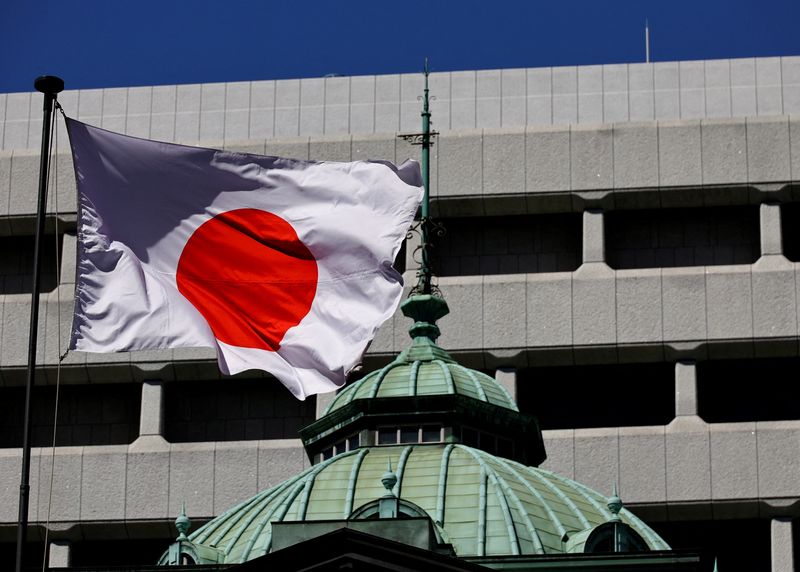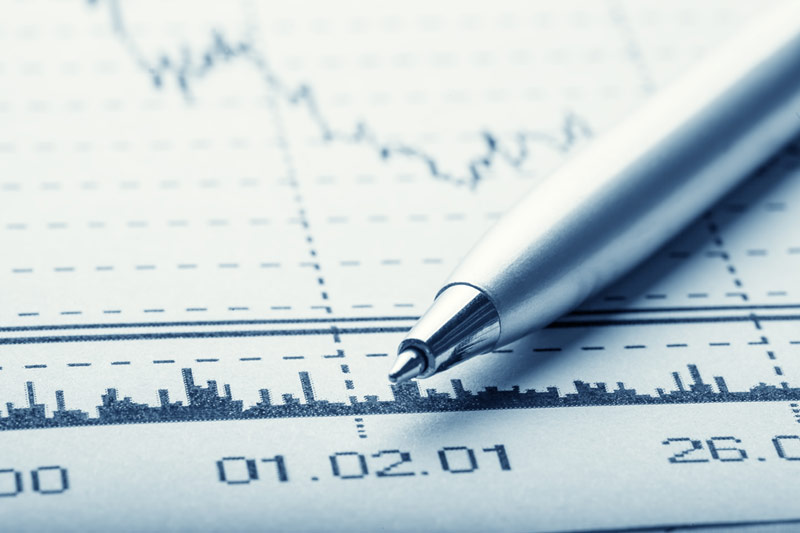By Alun John, Harry Robertson, Tom Westbrook
LONDON/SINGAPORE (Reuters) -A perfect storm of political, policy and technical risks has upended one of the hottest currency trades of the year, sending the Japanese yen rising from a 38-year low and stretching as far as Switzerland, Australia and Mexico.
Nearly $40 billion in suspected intervention by Japanese authorities has fueled the yen’s rally, but the move has taken on a life of its own, upending carry trades that benefit from interest rate differentials and often leverage the currency .
The yen has risen from around 162 per dollar in mid-July to roughly 153 per dollar, the biggest two-week gain of the year, even as it remains the worst-performing G10 currency of 2024.
“The yen is a classic example of where positioning and top-down factors align,” said Hugh Gimber, global market strategist at JPMorgan Asset Management.
Analysts point to expectations that the yawning gap between U.S. and Japanese interest rates could soon narrow, as well as concerns that a Donald Trump victory in the U.S. presidential election in November could spark new currency wars.
Speculators have cut their bearish bets against the yen in a month by the most since March 2020. At $8.61 billion, the net short position is 40% below April’s nearly seven-year high, according to data from the US market regulator.
“Because this unwinding of short yen positioning is correlated with the so-called carry trade, it could also impact other carry positions,” said Athanasios Vamvakidis, global head of G10 FX strategy at Bank of America.
STEAMROLLER
Carry trades have proven extremely popular this year and last, fueled by a combination of low volatility and wide spreads between central bank interest rates.
Traders borrowed in yen or Swiss francs at rock-bottom prices and invested in assets with higher yields such as Mexican government bonds or even US technology stocks, with analysts saying last week’s stock market turmoil may have gotten an extra kick as some carry trades unwound .
Benchmark costs for 10-year loans are around 1% in Japan and 0.5% in Switzerland, compared to more than 4% in Australia – popular with carry traders in developed markets – or almost 10% in Mexico.
The recent increase in volatility has increased pressure to execute trades that performed well in the more favorable markets of the first half of 2024, said Nathan Swami, head of foreign exchange trading at Citi in Singapore.
“Carry trades with yen financing appear to be increasingly vulnerable to VaR shocks, similar to what we saw last week,” he said.
A VaR shock is essentially a jump in the maximum loss an investment can sustain over a given period of time.
The resulting shifts are felt far and wide.
The Swiss franc and the Chinese currency, other popular currencies for carry trade financing, also rose in value last week, with the yuan posting its biggest weekly gain against the dollar since April and the franc hitting its strongest since March .
“It’s all about carry trades. You can see that in the daily movements in the Swiss franc, for example, while the news is not about the franc but about the yen,” says Jamie Niven, senior fixed income portfolio manager at Candriam.
Niven said he started unwinding a short position last week as the sudden appreciation made him wary of carry-trade currencies.
Meanwhile, the Australian dollar has fallen 3.6% against the US dollar in two weeks, and almost 6% against the yen, the highest level in a fortnight since the pandemic volatility of March 2020.
Latin American currencies such as the Mexican peso are also softer.
“It’s not a pure carry environment at the moment,” said Andreas Koenig, head of Global FX at Amundi, Europe’s largest asset manager, noting that recent daily moves in currencies such as the peso could easily wipe out any gains from carry.
The surprise outcome of Mexico’s June elections has also shaken carry trades, while the US mood and uncertainty over the trajectory of central bank policy are likely to fuel currency volatility, deterring investors from carry trades for the time being.

“As uncertainty increases and we get closer to major events like the US elections, I would say I would wait until those are announced,” Koenig said.
“After that,” Koenig added, “I’m pretty sure a lot of opportunities can open up, especially on the Mexican side.”


